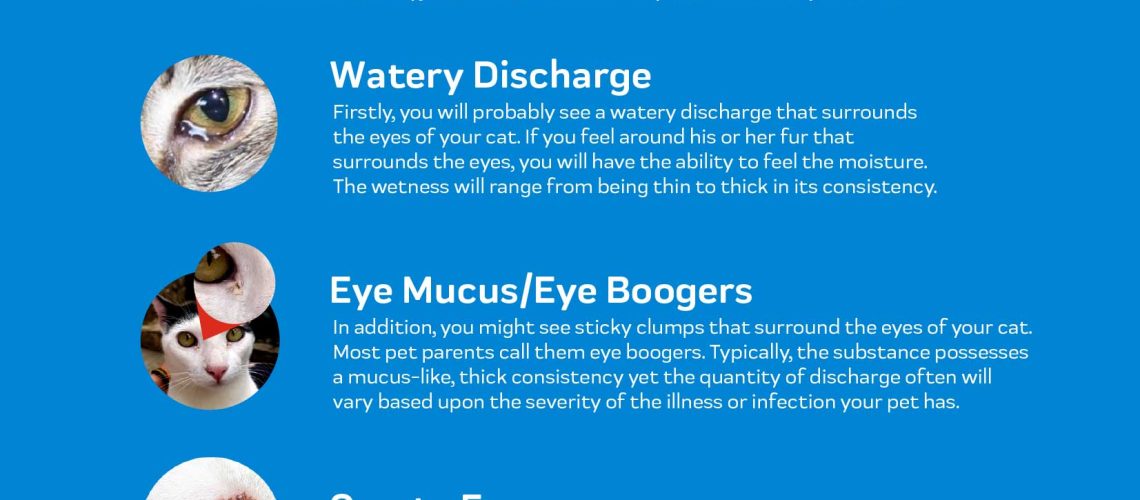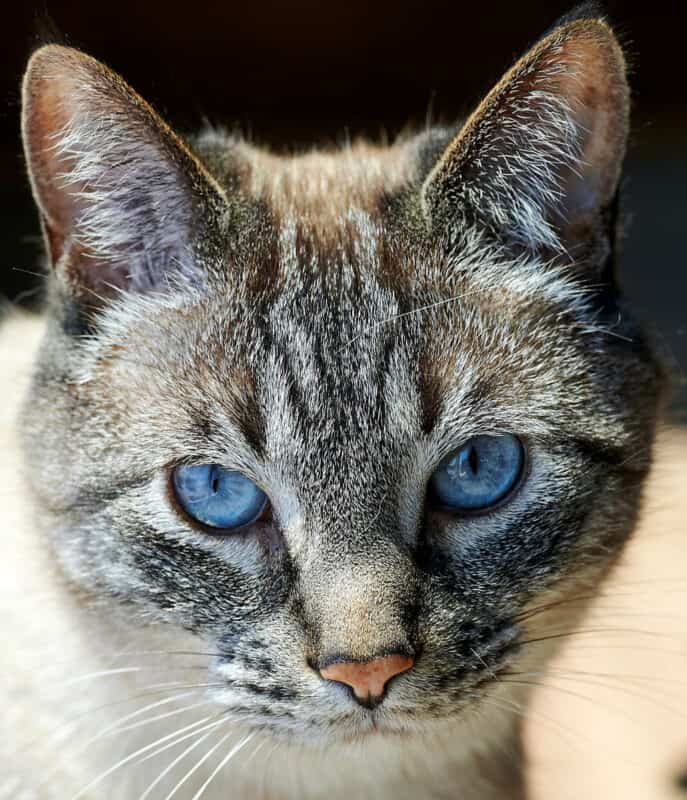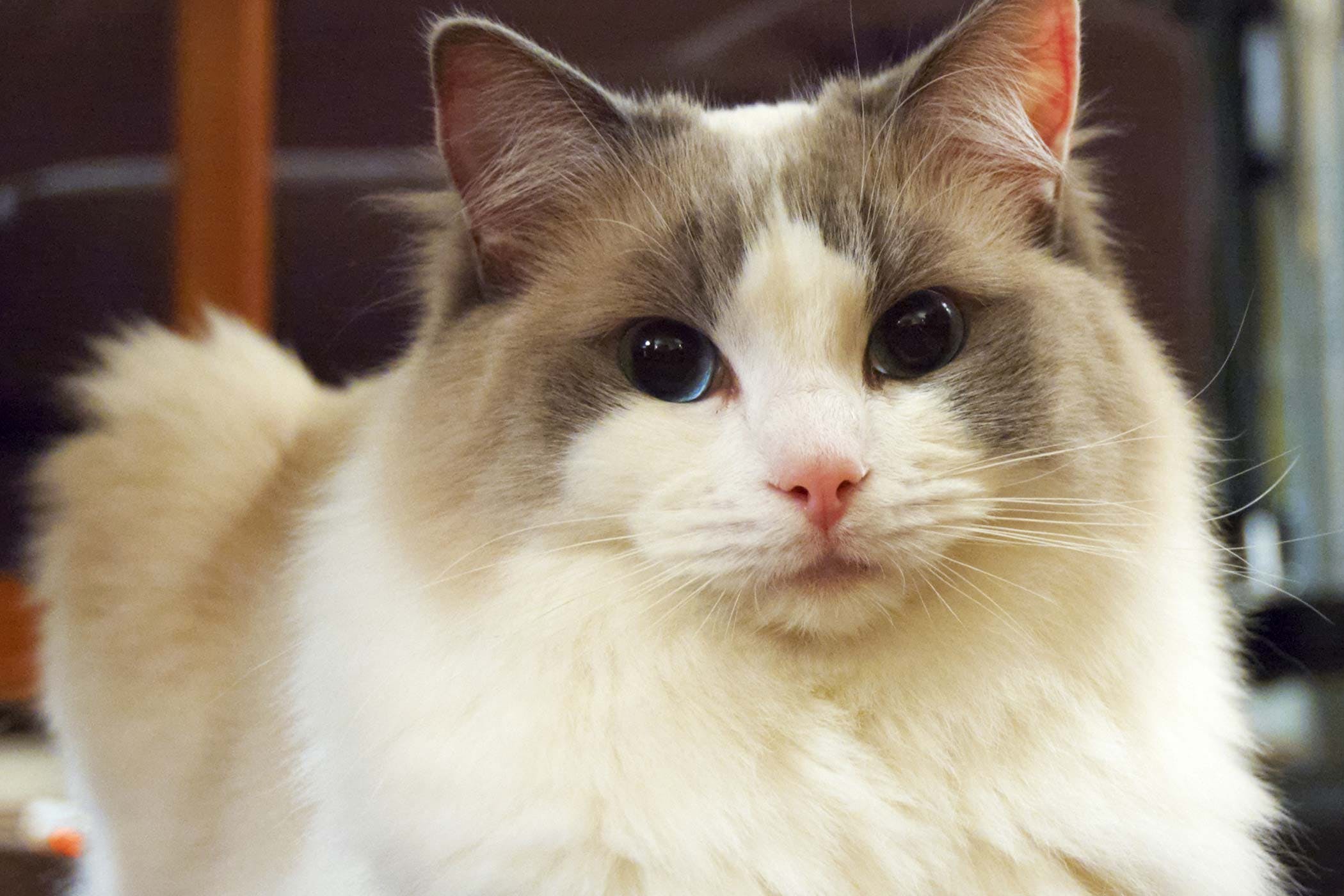Are you a cat lover? Do you want to keep your furry friend healthy and happy? Then it's crucial to understand the signs of cat eye infections. By delving into this subject, you'll gain valuable knowledge that can help you spot the early warning signs and take prompt action. Did you know that 20% of cats will experience an eye infection at some point in their lives? This means that understanding this topic is essential for any responsible cat owner. In this article, we'll explore the common symptoms of cat eye infections and provide tips on how to prevent and treat them. So, let's dive in and ensure our feline companions receive the care they deserve!
Key Takeaways:
- Redness and swelling around the cat's eye can be a sign of an infection.
- Discharge from the eye, especially if it is yellow or green in color, may indicate an infection.
- Squinting or excessive blinking can be a symptom of an eye infection in cats.
- If your cat is pawing at their eye or rubbing it against objects, it could be a sign of an infection.
- Seek veterinary attention promptly if you notice any signs of a cat eye infection to prevent complications and ensure proper treatment.
Common Signs of a Cat Eye Infection to Watch Out for
When it comes to cat eye infections, there are several signs you can look out for. One common sign is redness in the eyes. If you notice that your cat's eyes appear redder than usual, it could be a sign of an infection. Another sign is excessive tearing or discharge from the eyes. If you see your cat constantly pawing at their eyes or if you notice a thick, yellowish or greenish discharge, it may indicate an infection.
Other symptoms to watch out for include swelling around the eyes, squinting or closing of one eye, and sensitivity to light. Your cat may also show signs of discomfort or pain when you touch their eye area. It's important to pay attention to these signs as early detection can help prevent the infection from worsening and causing more serious complications.
Observing Your Cat's Behavior for Signs of an Eye Infection
In addition to physical signs, observing your cat's behavior can also provide clues about whether they have an eye infection. If your usually active and playful cat suddenly becomes lethargic or less interested in their usual activities, it could be a sign that something is wrong with their eyes.
You may also notice changes in your cat's eating habits or grooming behavior. Cats with eye infections may lose their appetite or have difficulty eating due to discomfort around their eyes. They may also spend more time grooming their face and rubbing their eyes against objects in an attempt to relieve the irritation.
The Importance of Seeking Veterinary Care for a Suspected Cat Eye Infection
If you suspect that your cat has an eye infection, it is crucial to seek veterinary care promptly. A veterinarian will be able to accurately diagnose the type and severity of the infection and provide appropriate treatment. Delaying or avoiding veterinary care can lead to complications and potentially permanent damage to your cat's eyes.
During a veterinary visit, the veterinarian will examine your cat's eyes and may perform additional tests, such as taking a swab of the discharge for laboratory analysis. Based on the findings, they may prescribe medications such as eye drops or ointments to treat the infection. They can also provide guidance on how to administer the medication properly and offer advice on preventing future infections.
Home Remedies and Over-the-Counter Treatments for Cat Eye Infections
While it is important to consult with a veterinarian for proper diagnosis and treatment of a cat eye infection, there are some home remedies and over-the-counter treatments that may help alleviate mild symptoms or support the healing process.
1. Warm Compress: Applying a warm compress to your cat's eyes can help soothe irritation and reduce swelling. Use a clean cloth soaked in warm water, making sure it is not too hot, and gently hold it against your cat's closed eyes for a few minutes at a time.
2. Saline Solution: You can use a saline solution made specifically for cleaning eyes to rinse your cat's eyes gently. This can help remove any debris or discharge that may be causing discomfort.
3. Avoid Harsh Chemicals: When cleaning around your cat's eyes, avoid using harsh chemicals or substances that could further irritate their delicate eye tissues. Stick to gentle solutions recommended by your veterinarian.
Can a Cat's Eye Infection Spread to Other Cats or Humans in the Household?
Cat eye infections can sometimes be contagious, depending on the underlying cause of the infection. Certain bacterial or viral infections can spread from one cat to another through direct contact or sharing of contaminated objects such as food bowls or bedding. It is important to keep infected cats separated from healthy ones and to disinfect any shared items to prevent the spread of infection.
As for humans, while it is rare for cat eye infections to be directly transmitted to humans, some infections can be indirectly transmitted through contact with contaminated surfaces. It is advisable to practice good hygiene, such as washing hands thoroughly after handling an infected cat or cleaning their litter box, to minimize any potential risk.
Preventing Future Eye Infections in Cats: Steps to Take
Prevention is always better than cure when it comes to cat eye infections. Here are some steps you can take to help prevent future infections:
- Keep your cat's living environment clean and free from dust and irritants.
- Regularly clean your cat's eyes using a gentle saline solution or as recommended by your veterinarian.
- Avoid exposing your cat to other animals with eye infections.
- Ensure your cat receives regular vaccinations, as some viral infections can cause eye problems.
- Provide a balanced diet that supports a strong immune system.
How Long Does it Take for a Cat's Eye Infection to Heal with Treatment?
The duration of healing for a cat's eye infection depends on various factors, including the type and severity of the infection and how early treatment was initiated. With proper veterinary care and treatment, mild cases of eye infections in cats may start showing improvement within a few days. However, more severe or complicated infections may require several weeks of treatment before complete healing occurs.
It is essential to follow the veterinarian's instructions regarding medication administration and follow-up visits to ensure the infection is fully resolved. If there is no improvement or if the condition worsens despite treatment, it is crucial to contact your veterinarian for further evaluation and potential adjustment of the treatment plan.
In conclusion, it is important to pay attention to your cat's eyes for any signs of infection. If you notice redness, discharge, or excessive blinking, it is crucial to seek veterinary care promptly. By spotting the signs early and getting proper treatment, you can help keep your furry friend healthy and happy.
When should I worry about my cats eye infection?
If your cat has red, watery, and irritated eyes, it is crucial to contact your vet immediately. Avoid using leftover antibiotics from a previous infection to treat your cat, as this could worsen the situation.
What does the start of a cat eye infection look like?
If your cat is experiencing an eye infection, signs may include redness around the eye, watery eyes, discharge, and potential swelling. You may also observe additional symptoms such as nasal congestion, sneezing, or your cat rubbing their eye.
What happens if cat eye infection goes untreated?
This condition occurs when an infection causes inflammation of the conjunctiva, which is the pink membrane that lines the inside of the eyelids and the outside of the eyeball. If not treated, conjunctivitis can result in harm to the eyes, loss of vision, and even blindness.
How long can a cat go with an eye infection?
In cats, conjunctivitis can typically clear up within seven to 14 days with treatment prescribed by a veterinarian. However, chronic cases may require longer treatment, lasting weeks to months. It is important to note that cat pink eye will not resolve on its own.
How can I soothe my cats eye infection?
Corticosteroid drops or ointment are commonly used to alleviate inflammation in the eyes of cats. These medications are typically prescribed for conditions like conjunctivitis, episcleritis, scleritis, pannus, and eosinophilic keratitis.
How long does it take for an antibiotic eye infection to heal on a cat?
If no other cause is found during the examination and testing, treatment will typically be initiated based on the initial diagnosis of non-specific infectious conjunctivitis. The majority of bacterial and viral infections will typically clear up within a period of 5 to 14 days.

















